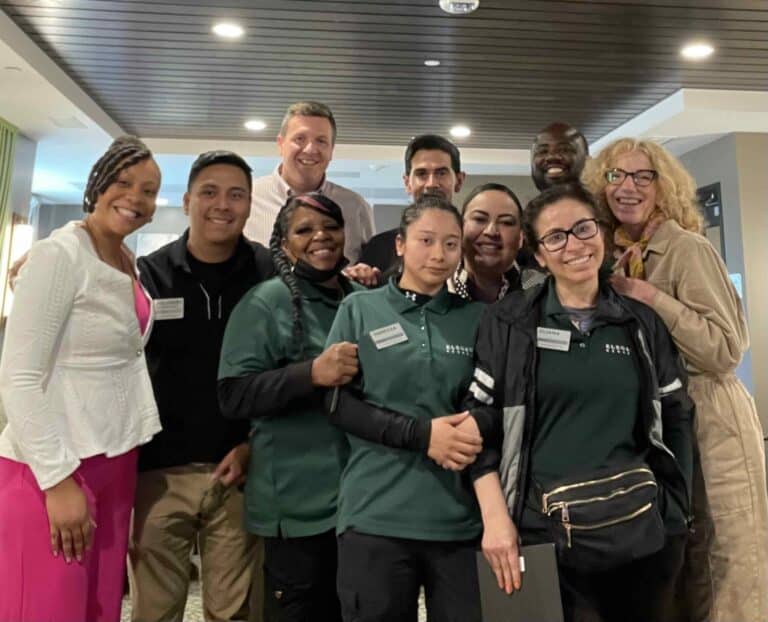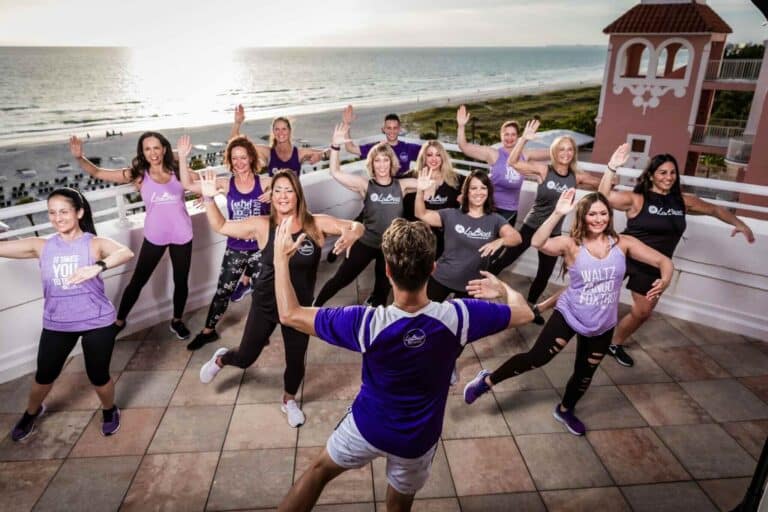For years, most companies operated with the belief that in-person interactions were required for sustainable productivity and effective collaboration. Without a physical office bringing people together it was thought culture couldn’t be built or maintained, communication would suffer, and innovation would stall.
Now we are all facing the new reality that COVID has taught us: people can live and work from anywhere. And by and large, many employees embrace this new normal. Pew Research reports that 56% of the surveyed adults who are working from home all or most of the time say, “it has been very easy for them to have the technology and equipment they need to do their job.”
Further, 80% of remote workers stated meeting deadlines has been very or somewhat easy since going remote. Indeed, work has changed, and our attitudes towards it have changed even more fundamentally.
Of course, it’s not all or nothing, remote or in-person, when it comes to work structure. If endless Zoom meetings have taught us anything, it’s that face-to-face interactions are nice too. Which is why a recent Work Trend Index survey of 31,000+ full-time employees across 31 countries shows that 67% of us want more in-person work than we had during the pandemic but 73% want more flexible options than pre-COVID. And companies who want to keep and acquire talent are prepared to accommodate.
Hybrid Work is Here to Stay
The Salesforce 2020 Global people survey shows the vast majority of people’s ideal work arrangements are either fully remote or hybrid, across all generations. An even more recent PWC survey on remote work reinforces that finding. Interestingly enough, middle management, which has been cited as bearing the brunt of communication challenges in white collar jobs during COVID-19, was still overwhelmingly in favor of remote or hybrid. Only 36% stated they preferred to work from the office full time.
Brian Elliot started a Slack forum that surveyed over 10,000 people and landed on the compelling results that employees do indeed want not just flexibility but they are willing to find a new job to find it:
- 76% of those surveyed want flexibility on where they work
- 93% want flexibility on when they work
- 56% are open to new job opportunities that may provide them more flexibility
- 21% are likely to jump ship in order to get that flexibility
A major source of tension here that’s worth pointing out is the degree to which remote/ flex work is desired by employees vs. employers. José Maria Barrero, Nick Bloom, and Steven Davis, three economists, surveyed thousands of Americans and concluded that:
- After the pandemic, the average employee would like to work from home nearly half the time.
- Employers are less keen, but their expectation that a fifth of working time will be spent at home (one day a week) is a big change from the previous norm.
Challenges, Opportunities and the Future of Hybrid Work for Employers
As you might expect, certain industries are more suited for remote work given the functions required. The knowledge industry, for instance, is best suited for remote and hybrid work as noted in McKinsey’s research with finance, management, technical services, IT, and education leading the way with effective potential.
It turns out, perhaps somewhat predictably, that there are serious differences in how we’ve experienced these transitions depending on race, age, marital status and more (note: we are talking here about people who still have full-time employment and not the unfortunate realities so many others faced in losing their livelihoods during the pandemic).
Key pain points that need to be addressed when considering the ideal work model are:
- Generational differences
- Gender inequality
- Race or socioeconomic differences
- Family vs. single dynamics
How Can Employers Address These Inequalities in Hybrid Work?
To discover what changed with remote work and how to compensate with a hybrid work model, we’ve looked into data, research, and pulled from our own experiences to provide strategies and insights. All of this can be accessed through our free ebook “Build Your Hybrid Workforce: Crafting Employee Experience and Reimaging Cultures.”
Get the strategies today or schedule a call with us to discuss how Burnalong can help you support your hybrid workforce and transform your company culture with a focus on employee health and wellness.





